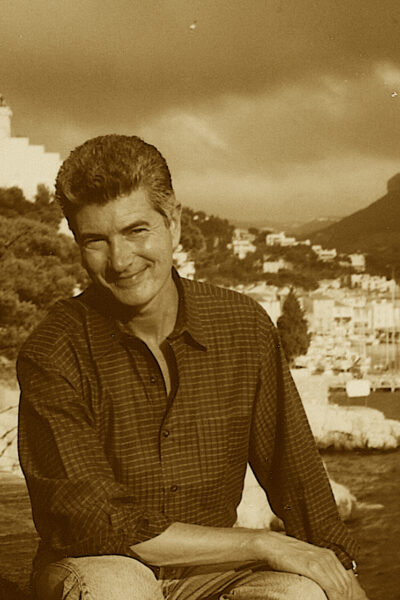
Will the lovers survive? Will they remain capable of love after witnessing such senseless violence? Will the green future Forster wanted for them still exist after the war? Though groundbreaking in its time for its positive portrayal of same-sex love, Maurice is inhibited by its highly visible agenda: The author’s intention for the book (that Maurice, a gay man, finds true love) is telegraphed from the first pages to the last, and every detail is in cold service to this goal. Picking up where Forster left off, di Canzio takes us to the Somme (with Alec) and Gallipoli (with Maurice), yanking the characters forward into the turbulence that Forster spared them. He further amends the Maurice-Alec tale by extending the timeline, something that Forster, who tried to turn the two men into happy woodcutters, abandoned when it became clear that no young men, regardless of their sexual preferences, could be happy together in the English countryside during World War 1. He inverts the classist structure of Maurice by giving Alec a prolonged backstory and then retelling the story of Alec and Maurice’s courtship from Alec’s perspective, going so far as to reproduce verbatim much of Forster’s dialogue.

In Maurice, Alec is less of an independently realized character than an apotheosis, the final embodiment of Maurice’s long search for requited love. Working with the same characters, di Canzio’s debut revises certain blind spots in Forster’s original-especially as they relate to Alec, Maurice’s lover.



Set circa 1912, written in 1912-13, and published posthumously in 1971, Maurice tells the story of a young man of the English upper-class who struggles to understand, then accept, then find love in a society in which homosexuality is a crime.


 0 kommentar(er)
0 kommentar(er)
